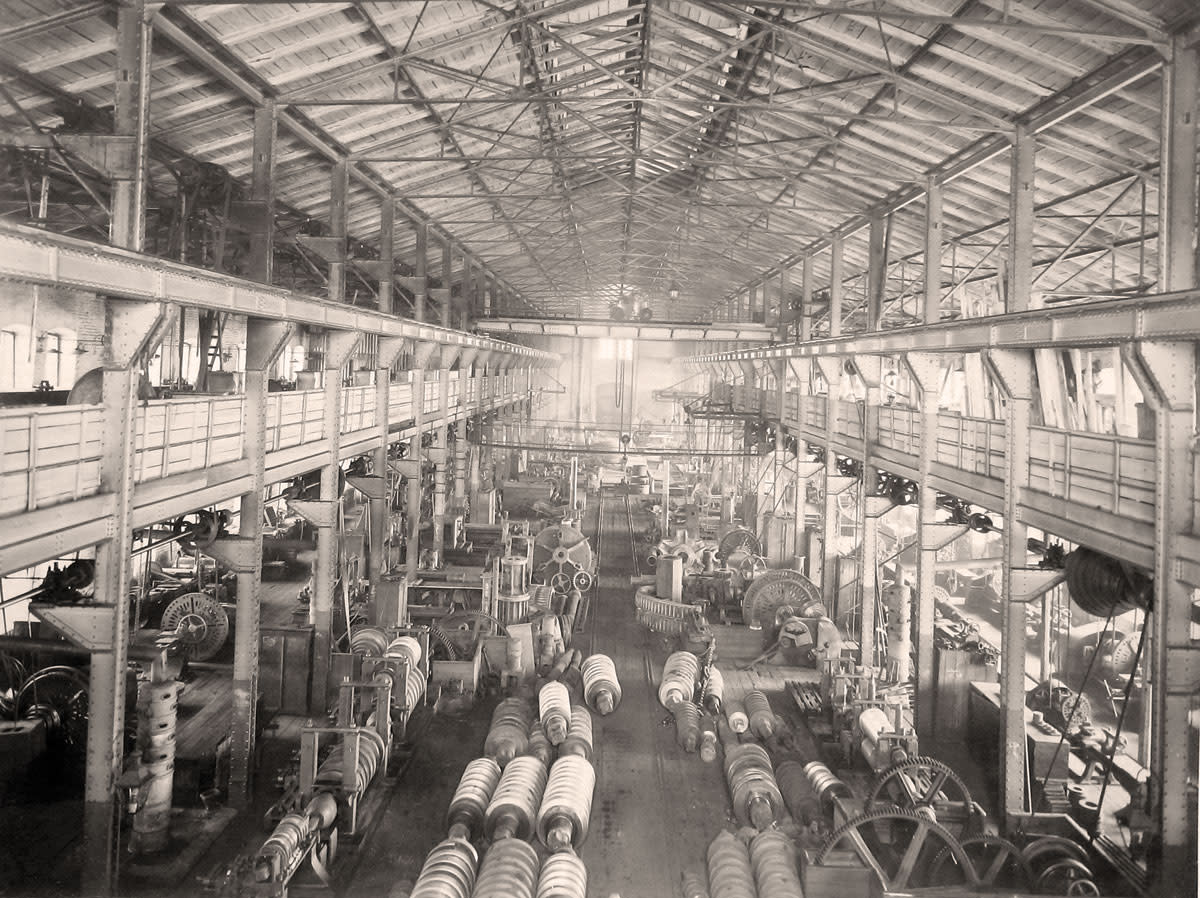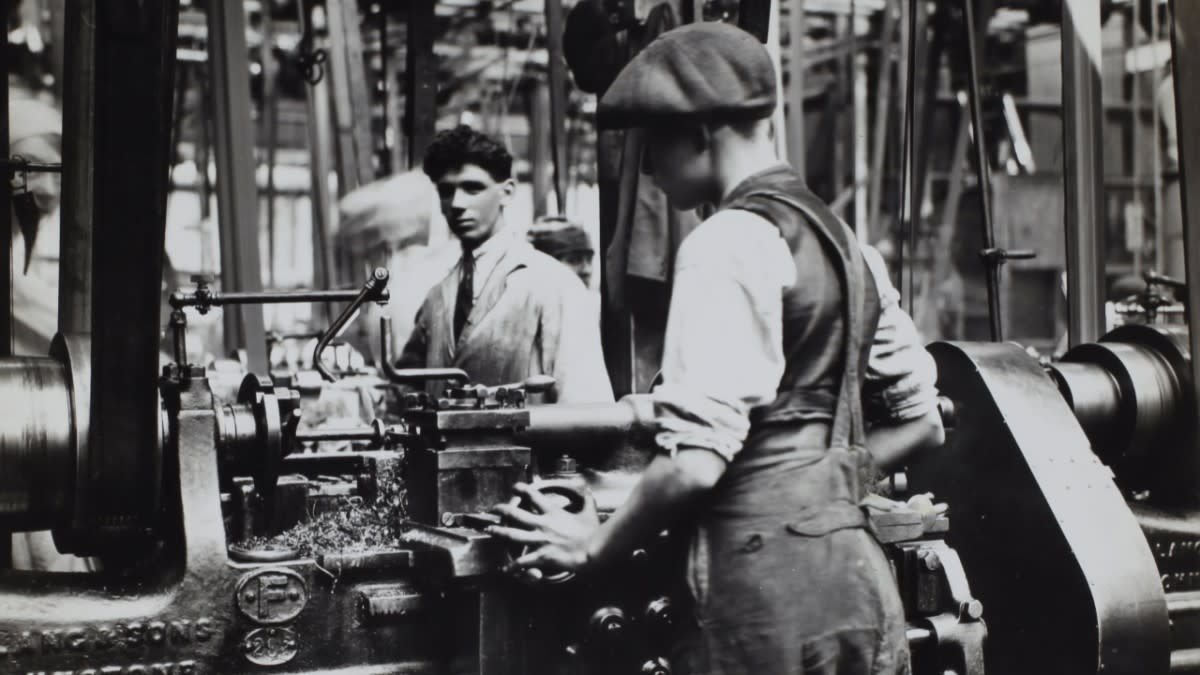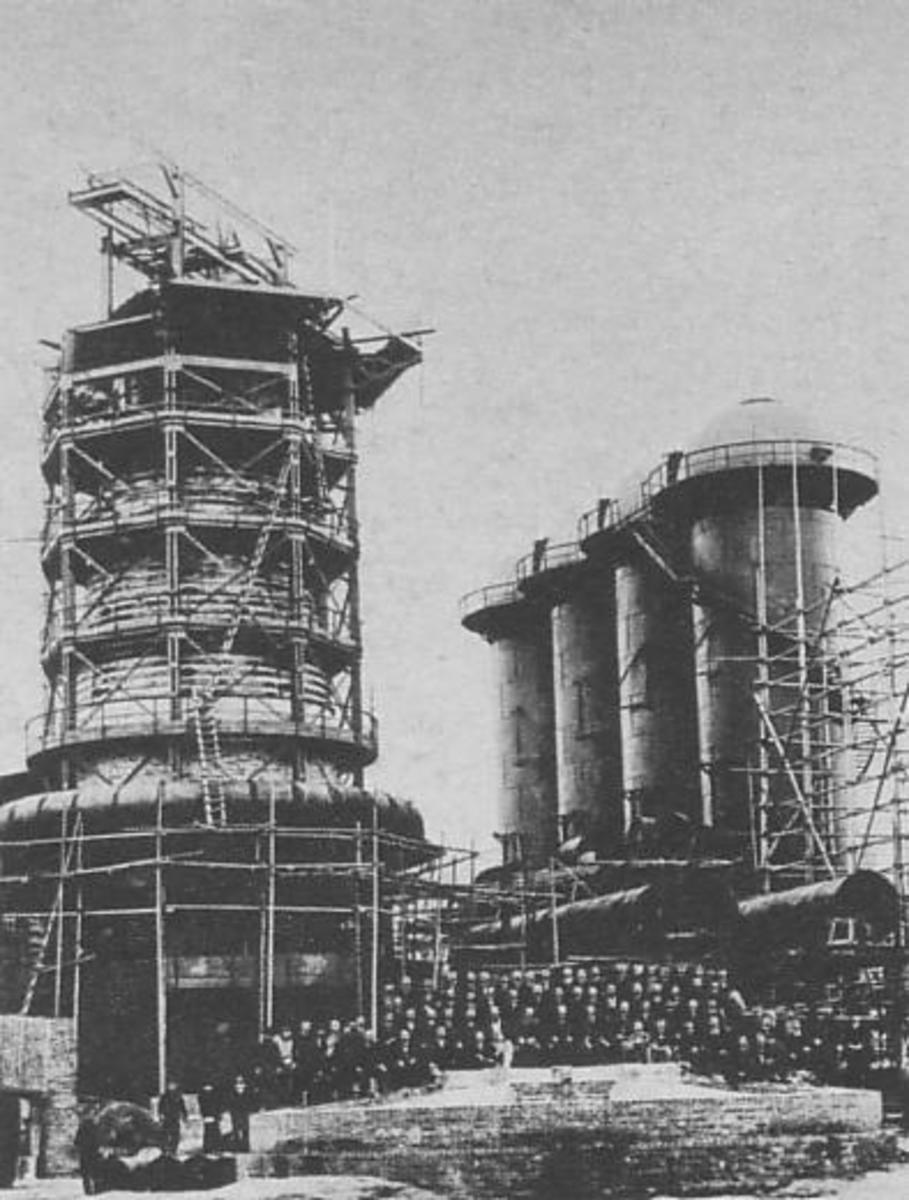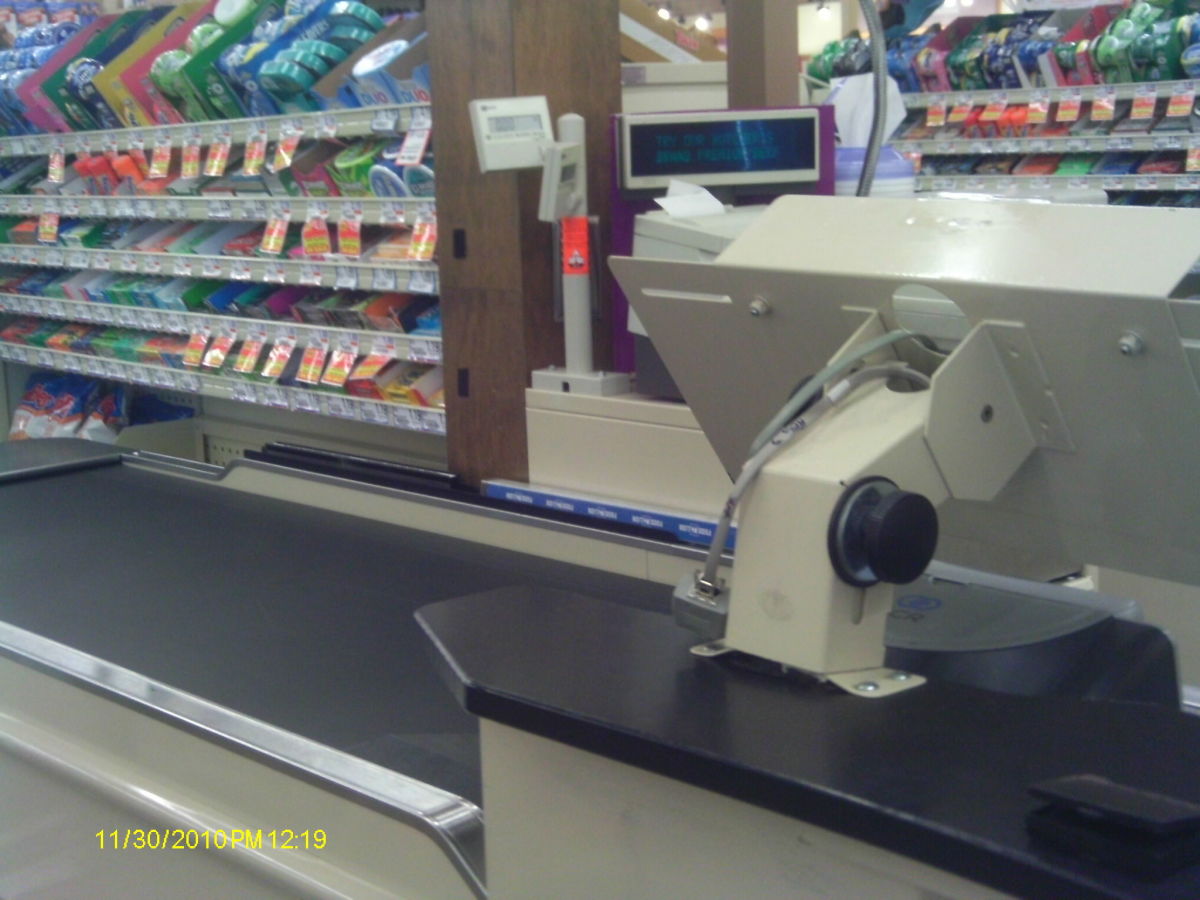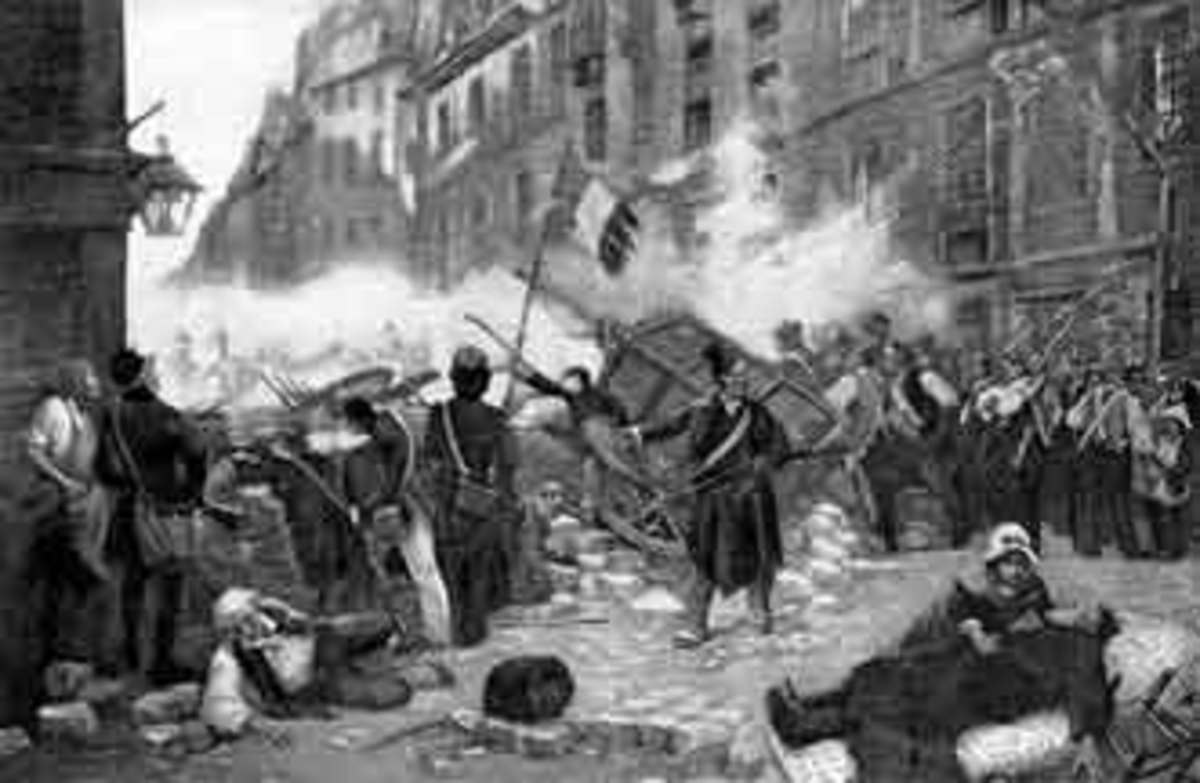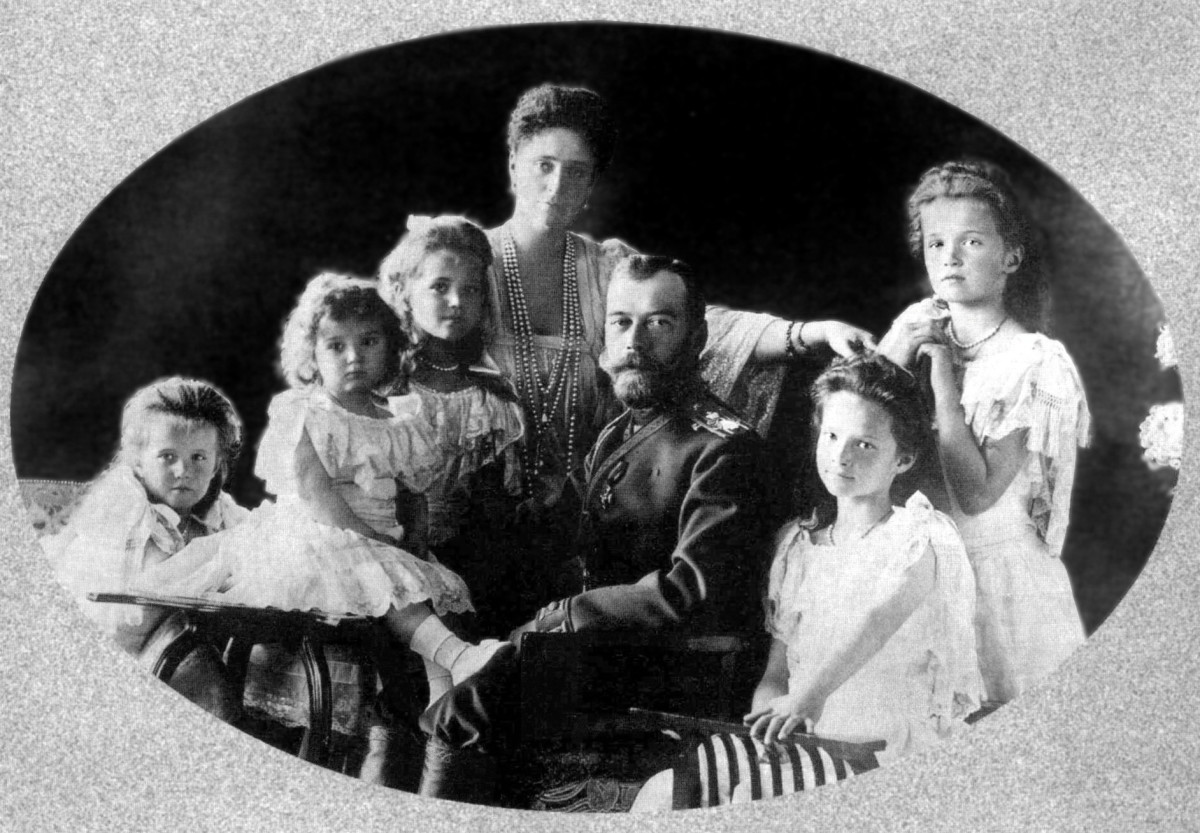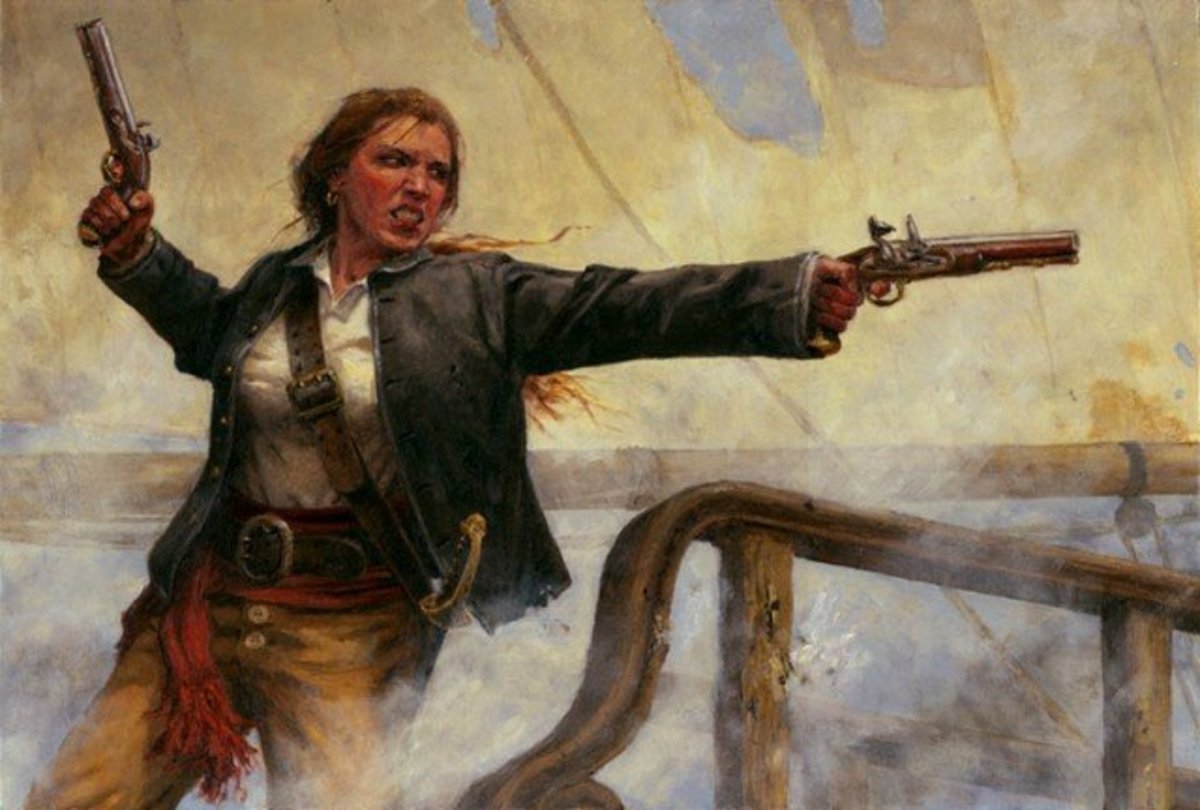History of the Industrial Revolution: How It Changed Our Lives
Coalbrookdale by Night
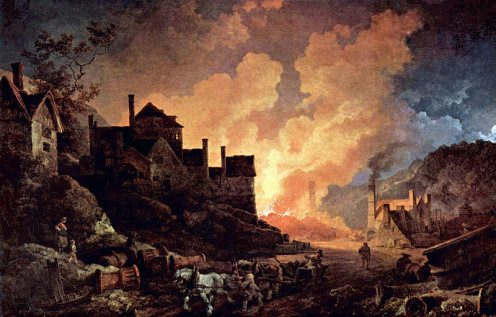
The Way We Live Today vs. The Way We Used to Live
When we get up in the morning and switch on the light, we have a shower and cook our breakfast (all powered by electricity). We get dressed for work (in clothes made of cotton or wool or synthetic fibers and manufactured by mass production techniques).
Then we take the bus or train to work (mass transit systems moving allow rails or asphalt roads). Once at work we make phone call (using a telephone) and work with labor-saving devices powered by electricity (manufacturing machinery, automated production lines, forklifts, computers, and much more).
After work we drive a car (automobiles first invented in the 19th century) to the club or the movies.
We live in a world with all these things that we often just take for granted. These are all parts of everyday life that we have inherited from the historical period called the Industrial Revolution.
Just a few generations ago, before the Industrial Revolution, our forebears lived very differently. Most of our great-great-great grandparents lived in the the countryside, not in a city or town. Most of them performed back-breaking agricultural work from dawn to dusk and for at least six days a week. Few of our ancestors ever left their village or their rural world.
Life was hard and often short. Children formed part of the work force. If you got sick, you likely could not afford to see a doctor and would probably die at a much younger age (in that world where medicine was less advanced). Families were large but many children died in their infancy or very early years.
Of course, the Industrial Revolution itself (from about 1760 until about 1840) was a time of great turmoil and suffering for many working people during the transition from the rural agricultural world to the modern industrial world in which we live today. Read on to explore what happened during those years...
Sixty, eighty years ago, England was a country like every other, with small towns, few and simple industries, and a thin but proportionally large agricultural population. Today it is a country like no other, with a capital of two and a half million inhabitants; with vast manufacturing cities; with an industry that ... produces almost everything by means of the most complex machinery; with an industrious, intelligent, dense population, and composed of classes wholly different...
— Friedrich Engels, Condition of the Working Class in England (1845), "Introduction"So What Was the Industrial Revolution?
The industrial revolution was a period in Britain from mid-1700s to the mid-1800s in which power-driven machines in factories replaced manual labor. The industrial revolution resulted from advances in applied science and engineering, such as the development of steam engines (especially those of the inventor James Watt).
Much of the laboring population, previously largely employed in agriculture, moved to the industrial towns and cities, where they were housed and employed in often miserable and squalid conditions.
James Hargreaves's spinning jenny (1770) and Edmund Cartwright's power loom (1783) fostered the textiles industry (a key industry of the Industrial Revolution). Coal and steel were used in ever more efficient steam engines.
Vastly improved transport -- canals, roads, railroads, steamships -- allowed quick importation of raw materials and export of finished goods to markets all over the world.
The Industrial Revolution came to other countries (France, Germany, United States, Japan) a little later than to Britain.
The poor conditions of workers led to the rise of socialism and Marxism. Later the free-for-all (laissez faire) capitalism was replaced in Britain and elsewhere by the welfare state.
The Industrial Revolution saw large population increases, the rise of the professions, and, later, improvements to the living standards (due to the cheaper costs of machine-made goods).
Image: This painting entitled Coalbrookdale by Night (Philippe-Jacques de Loutherbourg, 1801) with its fiery glow and its fumes suggests the eerie and unnatural effects of the Industrial Revolution's invasion of the English countryside
The Industrial Revolution Brought Massive Technological and Socioeconomic Changes
The Spinning Jenny: A Key Technological Invention of the Industrial Revolution
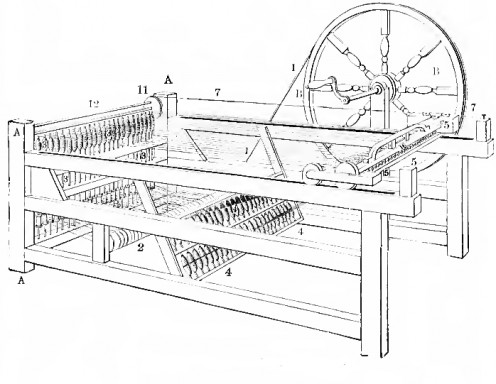
Innovations in the Cotton Textile Industry
In the 18th century cotton was being grown in India and America. Demand was exploding for cotton products but the cotton industry was very labor-intensive (in America the labor was mostly provided by slaves).
The first great mechanical invention in cotton manufacture was the fly shuttle, which allowed cotton threads to be woven into cloth more speedily.
The next important mechanical invention was the spinning jenny (invented by James Hargreaves) which allowed up to sixteen threads to be spun into cloth simultaneously. This replaced a much slower process using spinning wheels and manual labor.
Then in 1791 the cotton gin (invented by Eli Whitney) permitted the mechanized separating of seeds from cotton fibers.
All of these inventions allowed for faster processing and simultaneous processing -- all done by one cheap machine. One machine would replace the labor of several workers.
And the product -- cotton cloth -- was cheaper and more durable than woollen cloth, so it became very popular.
Steam Power during the Industrial Revolution, 1876: One Engine Could Do the Work of Dozens of Human Workers
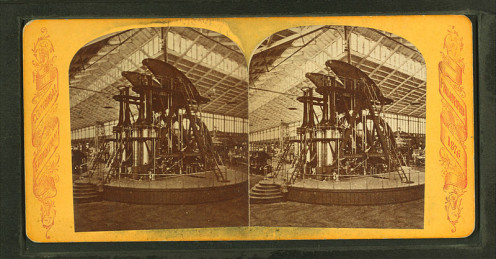
The Invention of the Steam Engine
Several decades before the innovations in the cotton textile industry, another invention had changed the world dramatically: the steam engine.
Steam engines were to run the machines in factories and power railway locomotives.
Mines which produced metals (such as iron) were plagued with flooding by water the deeper that the mines were dug. In 1712 Thomas Newcomen invented a simple steam engine that would be used to pump water from the mines. It was designed to burn coal (a much cheaper fuel than wood). Newcomen's steam engine was a single piston engine and thus was very energy-inefficient. It could only be used for pumping water from mines.
In 1769 James Watt invented a steam engine with a separate cooling chamber. This machine would be used in factories, replacing earlier energy sources such as watermills. It would also be used in locomotives pulling two new and more efficient kinds of transport: steam trains and stream boats.
The Opening of the First U.S. Transcontinental Railroad, 1869, Brought Faster and Cheaper Transport
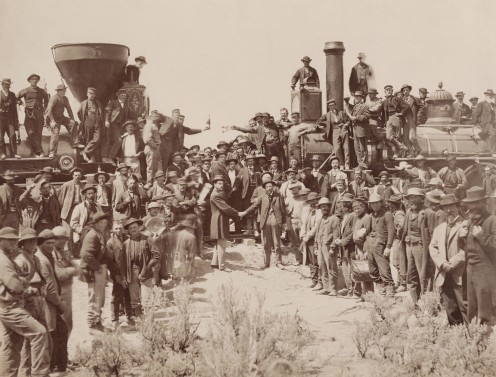
Like the New Railroads, Improved Roads Brought More Confortable and Faster Ways of Moving Around
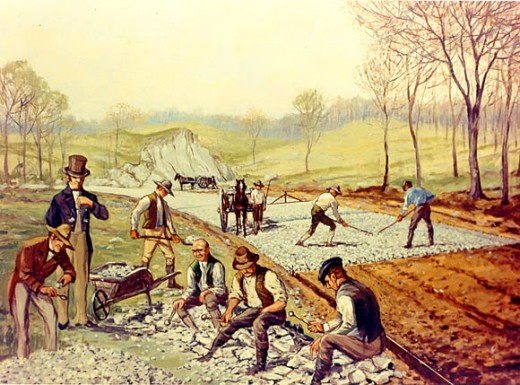
Improvements to Transport During the Industrial Revolution
Before the Industrial Revolution raw materials had to be moved to factories and finished products had to be moved from factories using slow and expensive means of transport moving along poorly built and maintained roads.
Some major improvements were made to transport during the Industrial Revolution:
- the canal system improved in England
- old roads were repaired and a system of new, tollroads (turnpikes) were built
- railways were built from the 1760s onwards
- steam engines replaced horses for hauling trains from the early 1800s
- steamships were introduced (e.g. on major American rivers, such as the Mississippi).
The improvements to roads and railways allowed for the cheaper transportation of raw materials and goods and they also permitted workers to get to their factories or other jobs more rapidly.
The Experiences of Children During the Industrial Revolution
Oh my friends, the down-trodden operatives of Coketown! Oh my friends and fellow-countrymen, the slaves of an ironhanded and a grinding despotism! ... I tell you that the hour is come, when we must rally round one another as One united power, and crumble into dust the oppressors that too long have battened upon the plunder of our families, upon the sweat of our brows, upon the labour of our hands...
— Charles Dickens, Hard Times (1854), Chapter IV, "Men and Brothers"Good and Bad Effects of the Industrial Revolution
In the early days of the Industrial Revolution the technological changes were viewed by ordinary workers with great fear and trepidation.
Large numbers of people lost their work in the countryside. Many were forced to live in the towns and cities. Their accommodation there was mostly cramped and unhealthy. Jobs, when they could be obtained, were often dangerous and hours were long. Child labor was rampant.
Charles Dickens used to protest in his novels, such as Great Expectations, Hard Times, Oliver Twist and Bleak House, against the grim lot of workers in this period.
Similarly, the philosopher Friedrich Engels wrote a book, The Condition of the Working Class in England, based on his personal observations in Manchester in 1842–44, in which he demonstrated that in large industrial cities mortality from communicable diseases such as smallpox, measles and whooping cough and death from convulsions was much higher than in the surrounding rural areas.
As a result there was a lot of unrest among the workers. Machines such as spinning jennies were smashed and factories were burned to the ground by groups such as the Luddites.
The situation was exacerbated by the laissez-faire (free-for-all) form of capitalism which reigned in the 19th century -- in which capital and capitalists ruled the roost and demonstrations for workers' rights were met with repression from the police and (often) the military.
In the late 19th and early 20th centuries, countries where the Industrial Revolution was operating (United Kingdom, United States, France, Germany, etc.) saw some improvements to living standards due to the efforts of trades unions and to the cheaper cost of machine-made goods.
The Industrial Revolution arrived in other countries in later decades. In many Third World countries workers still work in factory jobs with badly paid and dangerous working conditions that remind one of the bad old days that Charles Dickens used to describe in his novels.
Children working in a coal mine in 19th century
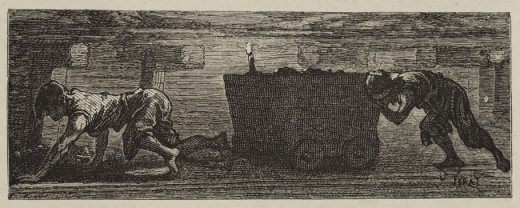
Later Developments (1870-1890)
Some historians argue that the Industrial Revolution continued in the second half of the 19th century with Sir Henry Bessemer's invention of a way of manufacturing steel from molten pig iron (the Bessemer Process), with the discovery of new chemical processes, and the development of new ways of using petrol and coal.
Many of these discoveries were made in the United States and Germany.
In 1886 the gasoline-powered automobile was invented by Daimler Benz which revolutionized commercial transport and ultimately ushered in the private motor car which is such a feature of the 20th and 21st centuries.
Large corporations came into being in the fields of shipping, railways, steel, electricity, oil and chemicals.
The BASF chemical factory, Germany, 1881
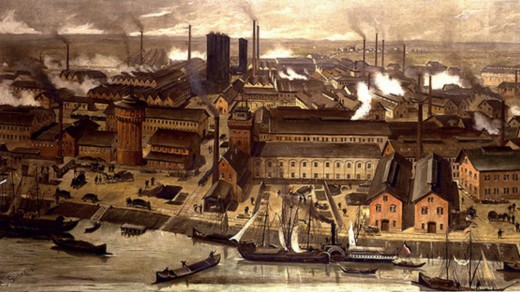
Better Transport Along With Air Pollution: The Mixed Benefits of the Industrial Revolution
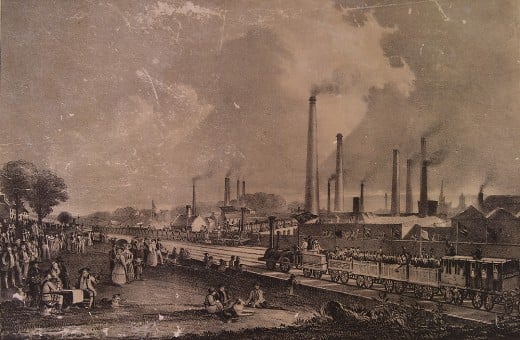
Test Your Knowledge of the Industrial Revolution
view quiz statisticsInternet Resources on the Industrial Revolution
- History of the Industrial Revolution and Immigration to the United States
The Industrial Revolution: the key people, places, documents, and events important to the Industrial Revolution . - The Industrial Revolution of the Eighteenth Century
The most far-reaching, influential transformation of human culture since the advent of agriculture eight or ten thousand years ago, was the industrial revolution of eighteenth century Europe. - Discovering Dickens - A Community Reading Project
Dickens Charles Community Read Reading Project Stanford University
The Industrial Revolution: A Very Short Introduction

Your Opinion, Please!
Was the Industrial Revolution a good thing or a bad thing?
© 2014 David Paul Wagner

